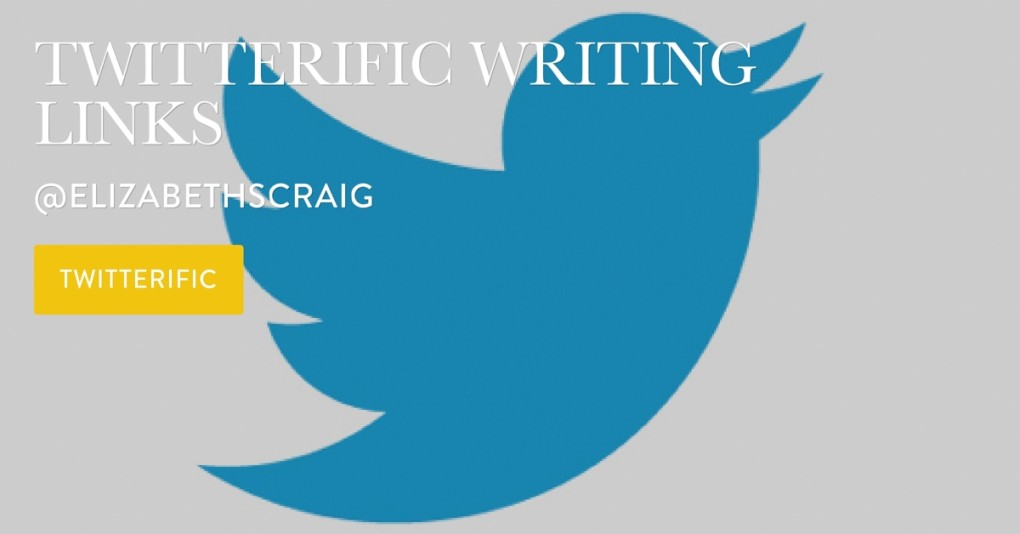
by Fred Johnson, @FredBobJohn
In our non-stop world of tweets, tags, and text messages, it’s often difficult to find the time and motivation to sit down and read (let alone write!) a full-length novel. Even short stories can fall flat in terms of their ability to reflect the pure speed and transience of modern life.
Enter flash fiction. This relatively modern form describes very short fiction, with pieces normally clocking it at below a thousand words. With so few words to play with, writers of flash fiction have to cram meaning and emotion into as few words as possible. The most famous example is commonly attributed to Ernest Hemingway and is only six words long:
For sale: baby shoes, never worn.
Powerful stuff indeed. But here’s the kicker: flash fiction, beyond being a pleasure to read, can make you a better writer, no matter what you’re writing.
This is because flash fiction is all about using every last word and wasting no space whatsoever, which is an incredibly important skill for a writer to cultivate. Learning the value of brevity can help you get better, whether you’re writing short stories, novels, articles, blog posts, reviews, commercial copy… anything really.
Even better, flash fiction takes very little time to read and write. You can embrace brevity and write flash fiction during your break at work, on the bus, or before you go to bed. Better still, it can be a great way to test out ideas or to dip a toe into a different genre–if one piece doesn’t work, it’s no big deal, but if another does, you can develop that piece and use it as the foundation for a longer text.
With all this in mind, here are some great platforms and communities to help encourage you, give you some inspiration, and provide some top-notch reading material.Continue reading





